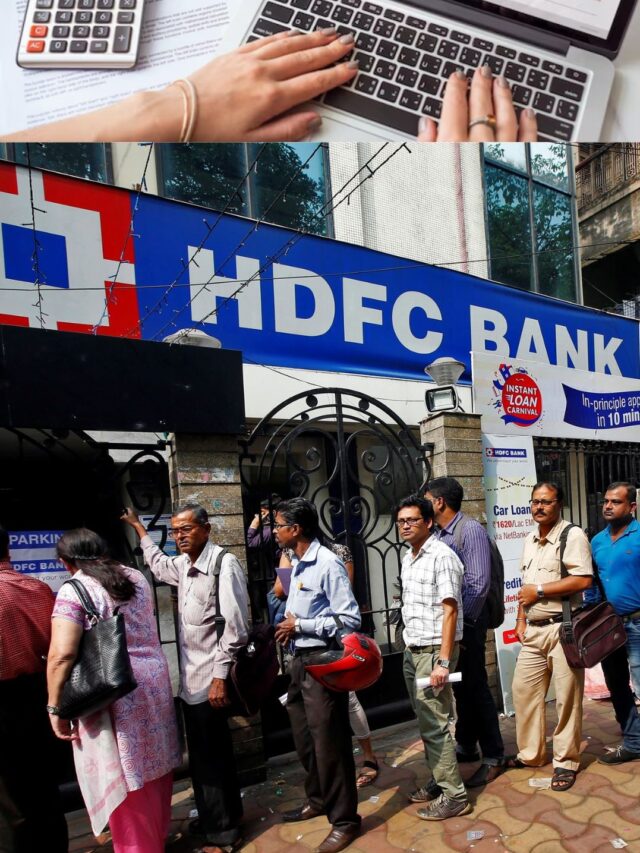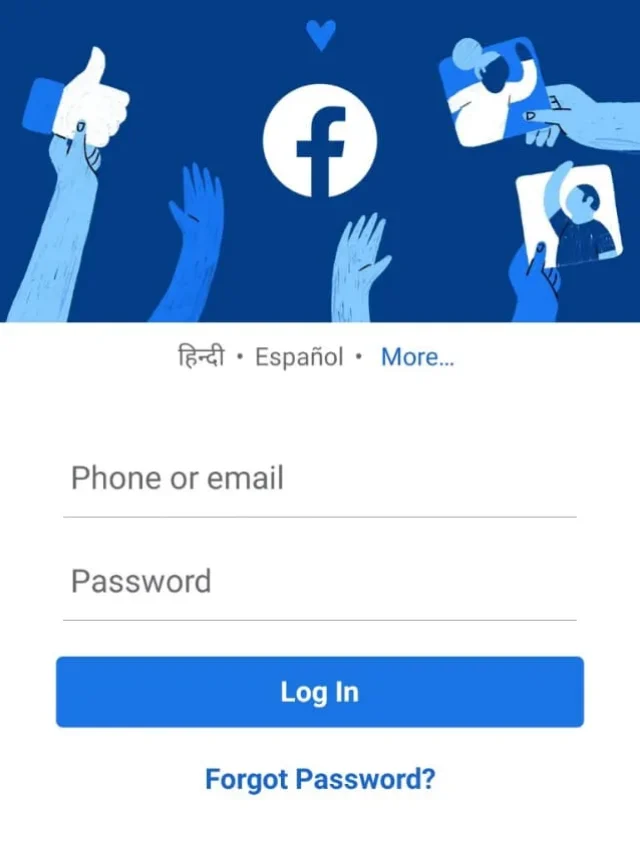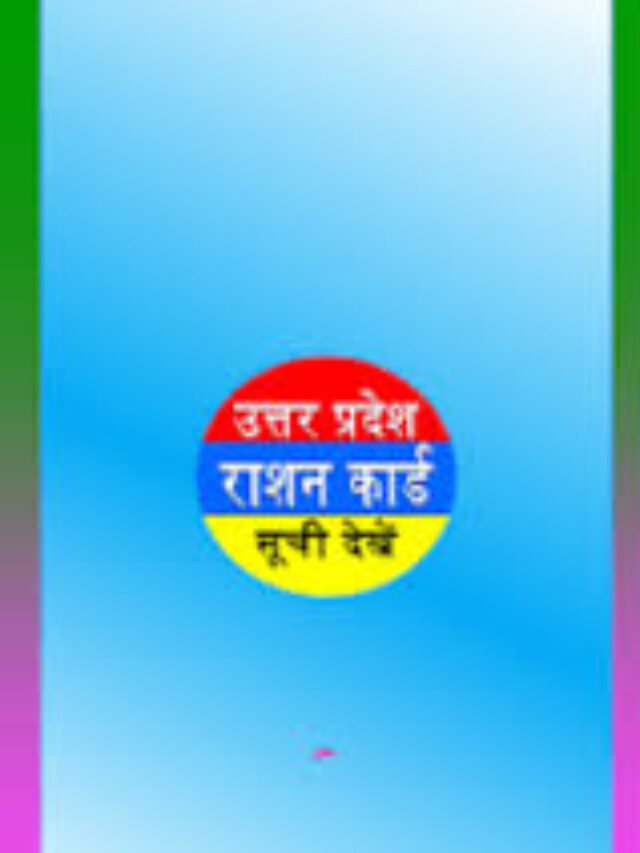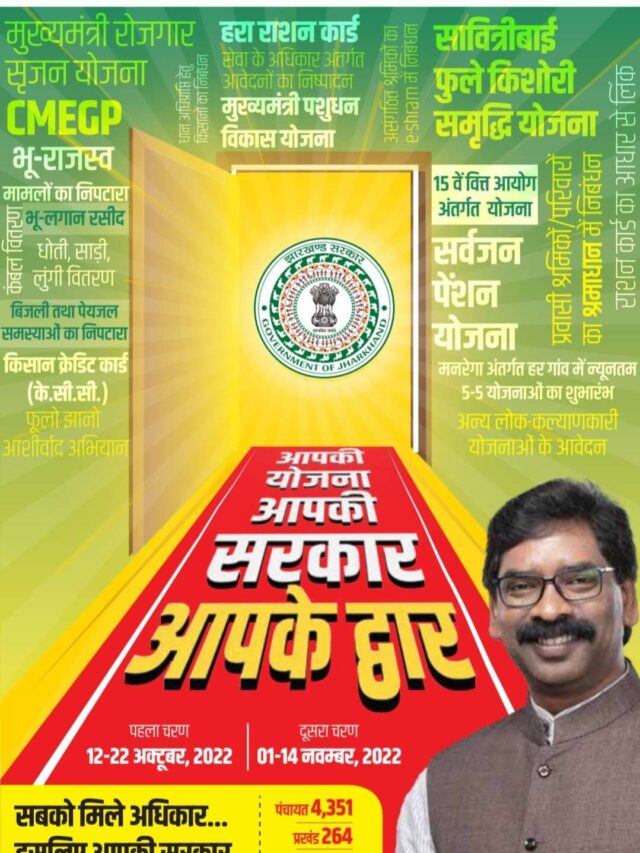In the heart of rural India, where employment opportunities are scarce and seasonal, the Mahatma Gandhi National Rural Employment Guarantee Act (NREGA) stands as a beacon of hope.
This groundbreaking legislation has been instrumental in providing guaranteed employment to millions of rural households, ensuring financial stability, and contributing to rural infrastructure development.
By offering up to 100 days of wage employment in a financial year to every household whose adult members volunteer to do unskilled manual work, NREGA has transformed the rural employment landscape in India.

Best Way To Find NREGA Wage List short description
The National Rural Employment Guarantee Act (NREGA) wage list is a critical document for millions of workers across India. It serves as a transparent record of the wages earned under the NREGA scheme, ensuring accountability and fair payment. Finding this wage list can sometimes be challenging, especially for workers in remote areas. However, the process has been streamlined with the introduction of digital platforms and mobile applications. Understanding the best way to access this list not only ensures transparency but also empowers workers to claim their rightful earnings without unnecessary delays or disputes.
To locate the NREGA wage list online, the first step is to visit the official MGNREGA website. The portal, managed by the Ministry of Rural Development, provides a comprehensive database of all activities under the scheme. Workers can access state-specific information, including job card details, payment status, and wage lists. Navigating this website requires basic familiarity with the internet, but the interface is designed to be user-friendly, with options available in multiple regional languages for easier access.
One of the most effective methods to find the NREGA wage list is by using the job card number. Every registered worker under the scheme is issued a unique job card, which acts as an identifier for all work-related activities and payments. By entering this number on the portal, workers can directly access their payment history and wage details. This eliminates the need for intermediaries and reduces the chances of misinformation or fraud, making the process highly efficient and transparent.
Mobile applications have revolutionized access to NREGA information. Apps like NREGAsoft and other third-party platforms provide instant access to wage lists and other work-related data. These apps are designed to be lightweight and accessible on low-end smartphones, ensuring that even workers in rural areas with limited internet connectivity can use them. Many of these applications also allow users to download wage lists and payment records, which can be useful for offline reference or for resolving payment disputes.
For those without access to the internet or smartphones, Gram Panchayats serve as a vital resource for accessing the NREGA wage list. Each Panchayat office is equipped with the necessary data and records to provide workers with information about their wages. Workers can visit these offices and request assistance from officials to retrieve their payment details. This traditional method ensures inclusivity, allowing even those without digital literacy to stay informed about their earnings.
The introduction of transparency measures under NREGA has significantly reduced wage-related grievances. Real-time updates on the wage list, available through the official portal, ensure that workers can monitor their payments as soon as they are processed. This reduces the scope for discrepancies and delays in wage disbursal. Additionally, workers can use the grievance redressal mechanism provided on the portal to report any issues related to their payments, ensuring quick resolution.
Community involvement also plays a crucial role in accessing NREGA wage lists. Many self-help groups (SHGs) and local NGOs assist workers in navigating the digital platforms and retrieving their payment records. These organizations often conduct workshops and training sessions to educate workers about their rights and the processes involved in claiming their wages. By empowering workers with knowledge and resources, these groups contribute significantly to the scheme’s success.
Awareness campaigns about the NREGA wage list and its accessibility have been instrumental in bridging the gap between technology and rural workers. Government initiatives such as digital literacy programs and information dissemination campaigns in local languages ensure that more people are aware of how to access their wage details. These campaigns also highlight the importance of keeping job cards updated and reporting any anomalies in payment records promptly.
The integration of Aadhaar with NREGA wage lists has further streamlined the process of payment and verification. Aadhaar-linked bank accounts ensure that wages are directly transferred to the workers’ accounts, reducing the chances of corruption and middlemen interference. Workers can verify their payments by cross-checking their bank statements with the wage list available online, ensuring complete transparency in the process.
Finding the NREGA wage list is not just about accessing payment details; it is a step towards empowering rural workers and ensuring their rights are upheld. By leveraging technology and community support, the process has become more transparent, inclusive, and efficient. Whether through online platforms, mobile applications, or Gram Panchayat offices, workers now have multiple ways to stay informed about their earnings. This accessibility is a testament to the government's commitment to creating a fair and transparent employment system under NREGA.
Introduction to NREGA
Enacted in 2005, the Mahatma Gandhi National Rural Employment Guarantee Act (NREGA) is a social security measure aimed at enhancing the livelihood security of rural households. The primary objectives of NREGA are to:
- Provide Employment: Guarantee 100 days of wage employment in a financial year to rural households.
- Reduce Rural-Urban Migration: Create sustainable rural livelihoods and reduce the need for migration to urban areas.
- Develop Rural Infrastructure: Utilize the labor provided by the scheme to build durable assets such as roads, canals, ponds, and wells.
- Promote Social Inclusion: Ensure the participation of marginalized communities, including women, Scheduled Castes (SC), and Scheduled Tribes (ST), in the workforce.
By fulfilling these objectives, NREGA aims to combat rural poverty and empower rural communities.
Importance of the Wage List
The NREGA wage list is a crucial tool for ensuring transparency and fairness in the implementation of the scheme. Here’s why the wage list is significant:
- Transparency: The wage list provides a detailed record of the wages paid to each worker, ensuring that all payments are documented and accessible to the public. This helps in preventing corruption and ensuring that funds are appropriately utilized.
- Accountability: By publicly displaying the wage list, NREGA ensures that local authorities are held accountable for the timely and fair disbursement of wages. This accountability helps in building trust within the community.
- Monitoring and Evaluation: The wage list serves as a vital document for monitoring and evaluating the performance of the NREGA scheme. It allows for tracking the number of days worked, the wages paid, and any discrepancies that may arise, facilitating better management and improvements in the program.
- Grievance Redressal: The availability of the wage list empowers workers to raise grievances if there are discrepancies in the wages paid or if payments are delayed. It provides a concrete basis for addressing such issues through proper channels.
What is the NREGA Wage List?
Definition
The NREGA Wage List is an official record that details the wages paid to workers employed under the Mahatma Gandhi National Rural Employment Guarantee Act (NREGA).
This list is a critical component of the NREGA scheme, ensuring that all payments are accurately documented and available for public scrutiny.
The wage list helps maintain transparency, accountability, and trust in the program by providing clear records of the employment and remuneration of rural workers.
Components of the Wage List
The NREGA Wage List includes several key pieces of information that are essential for tracking and verifying wage payments:
- Worker Names: The names of all individuals employed under the NREGA scheme.
- Job Card Numbers: Each worker is issued a unique job card number, which is used to track their employment and wage payments.
- Number of Days Worked: The total number of days each worker has been employed during the reporting period.
- Wages Paid: The amount of wages paid to each worker, based on the number of days worked and the applicable wage rate.
- Work Details: Information about the specific work projects or tasks undertaken by the workers.
- Payment Dates: The dates on which the wages were disbursed to the workers.
- Bank/Post Office Account Details: Information about the bank or post office accounts into which the wages were deposited.
Significance
The NREGA Wage List plays a vital role in the effective implementation of the scheme by:
- Ensuring Transparency: By publicly disclosing wage payments, the wage list ensures that all stakeholders, including workers, local authorities, and the general public, have access to information about the disbursement of wages. This transparency helps build trust in the program and ensures that funds are used appropriately.
- Preventing Corruption: The detailed and public nature of the wage list makes it more difficult for corrupt practices, such as the creation of fake job cards or ghost workers, to go unnoticed. It serves as a deterrent against fraud and mismanagement of funds.
- Monitoring Implementation: The wage list is an essential tool for monitoring the implementation of NREGA. It allows authorities to track the progress of the scheme, identify any discrepancies or delays in wage payments, and ensure that the program is reaching its intended beneficiaries.
- Supporting Grievance Redressal: Workers can use the wage list to verify their employment records and wage payments. If there are discrepancies or issues with their payments, the wage list provides a concrete basis for raising grievances and seeking redressal through the appropriate channels.
- Facilitating Social Audits: The availability of detailed wage lists enables the conduct of social audits, where community members and independent auditors review and verify the records. Social audits enhance community participation and oversight, further strengthening the integrity of the program.
How to Access the NREGA Wage List
Online Accessibility
Accessing the NREGA Wage List online is straightforward and can be done through the official NREGA website. Here are the steps:

- Visit the Official NREGA Website:
- Go to the official NREGA website at nrega.nic.in.
- Navigate to the Reports Section:
- On the homepage, look for the “Reports” section. This is usually found in the main menu or through a dedicated link on the homepage.
- Select the Desired State and District:
- Select the state and district for which you want to access the wage list. There will be drop-down menus or a clickable map to facilitate this selection.
- Choose the Financial Year and Block:
- After selecting the district, choose the relevant financial year and the block/tehsil.
- Access the Wage List:
- Within the selected block, you will find links to various reports. Look for the “Wage List” or a similar report (such as “Muster Rolls” or “Payment to Workers”) that provides details of wage payments.
- Download or View the Report:
- You can either view the wage list directly on the website or download it in PDF or Excel format for offline access.
Physical Accessibility
For rural workers who may not have internet access or are unfamiliar with using the internet, the NREGA Wage List can be accessed through local government offices or village panchayats. Here’s how:
- Village Panchayat Office:
- Visit the local village panchayat office where the wage lists are maintained. The panchayat officials can provide you with the wage list for your village.
- Block Development Office:
- Wage lists are also available at the Block Development Office (BDO). Workers can request the wage lists for their specific block from the BDO.
- Social Audits:
- Participate in social audits conducted periodically. During these audits, wage lists and other records are publicly displayed and discussed, providing an opportunity for workers to verify their records.
- Local NGOs and Support Groups:
- Some non-governmental organizations (NGOs) and community support groups assist in accessing and interpreting NREGA records. Workers can seek help from these organizations to access the wage list.



























Pingback: Full Form Of NREGA Or MGNREGA !!